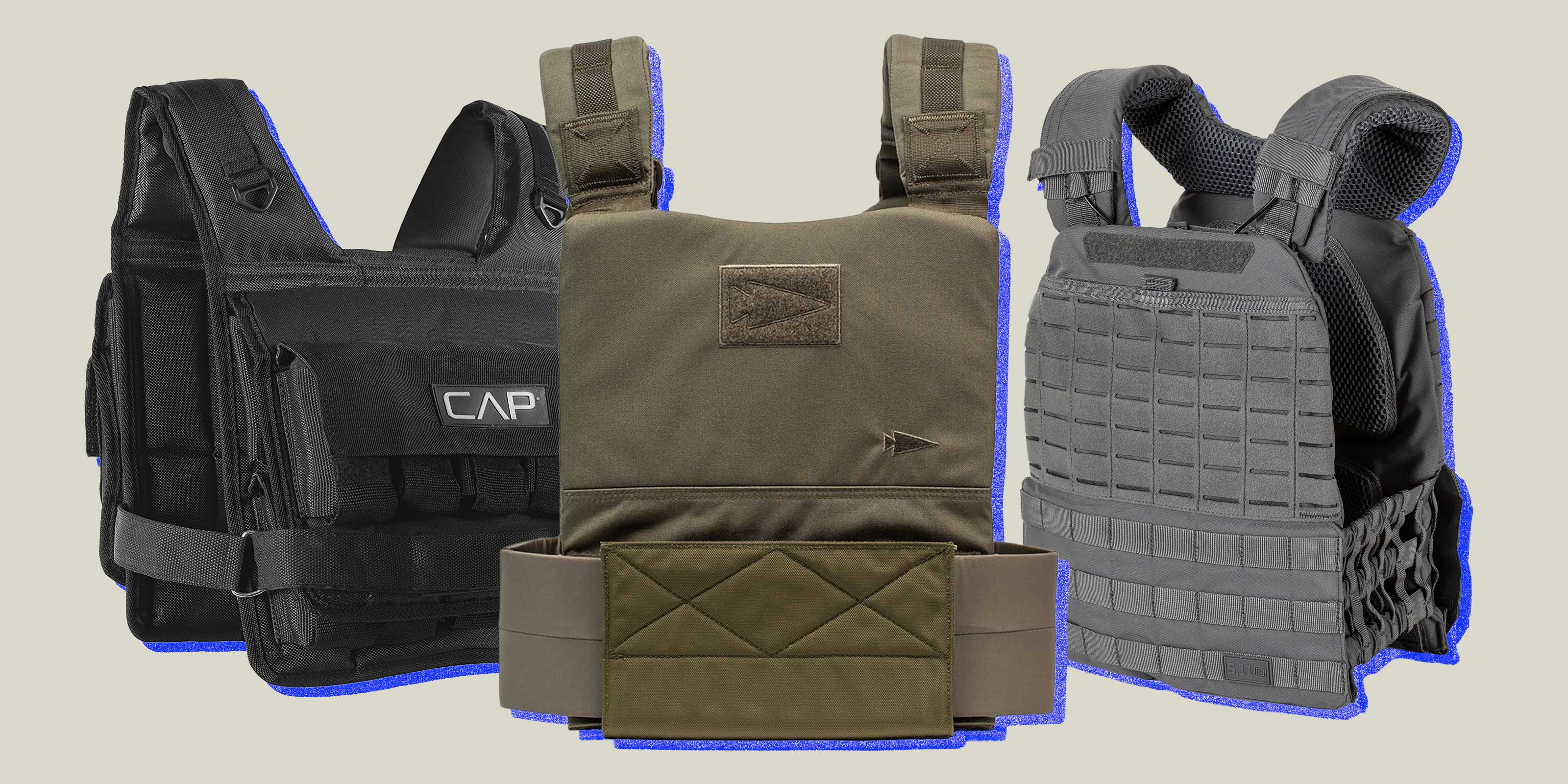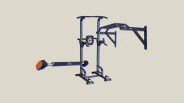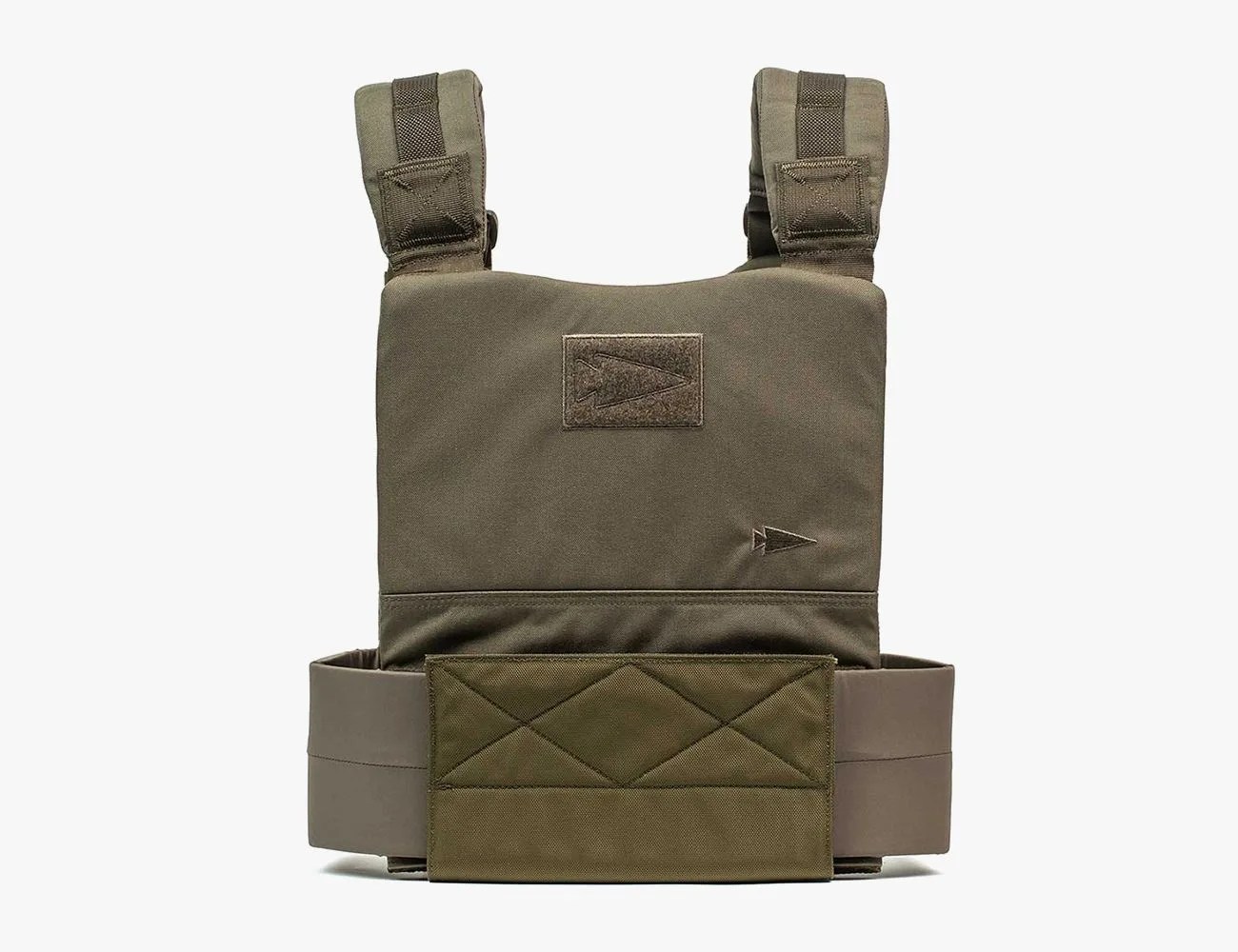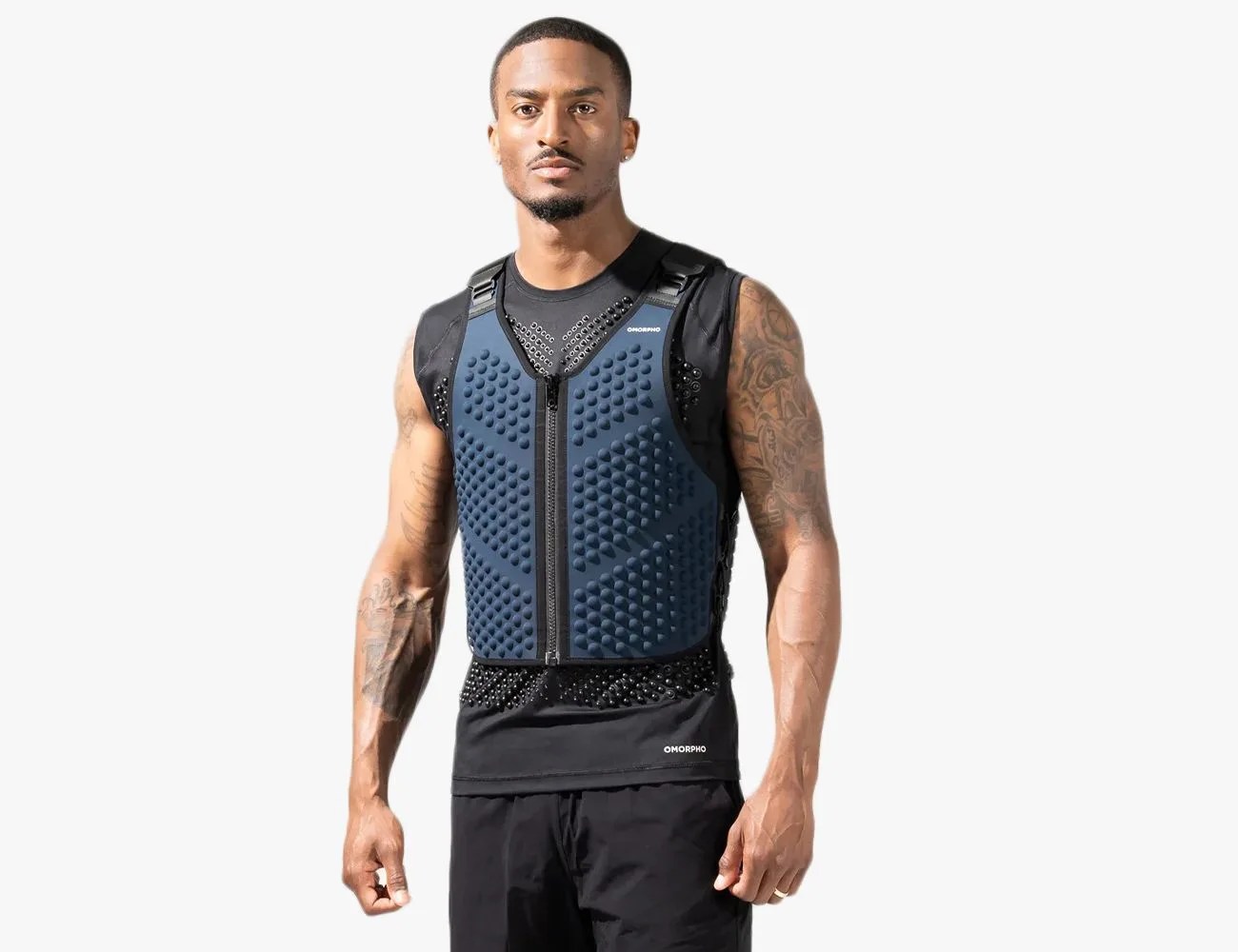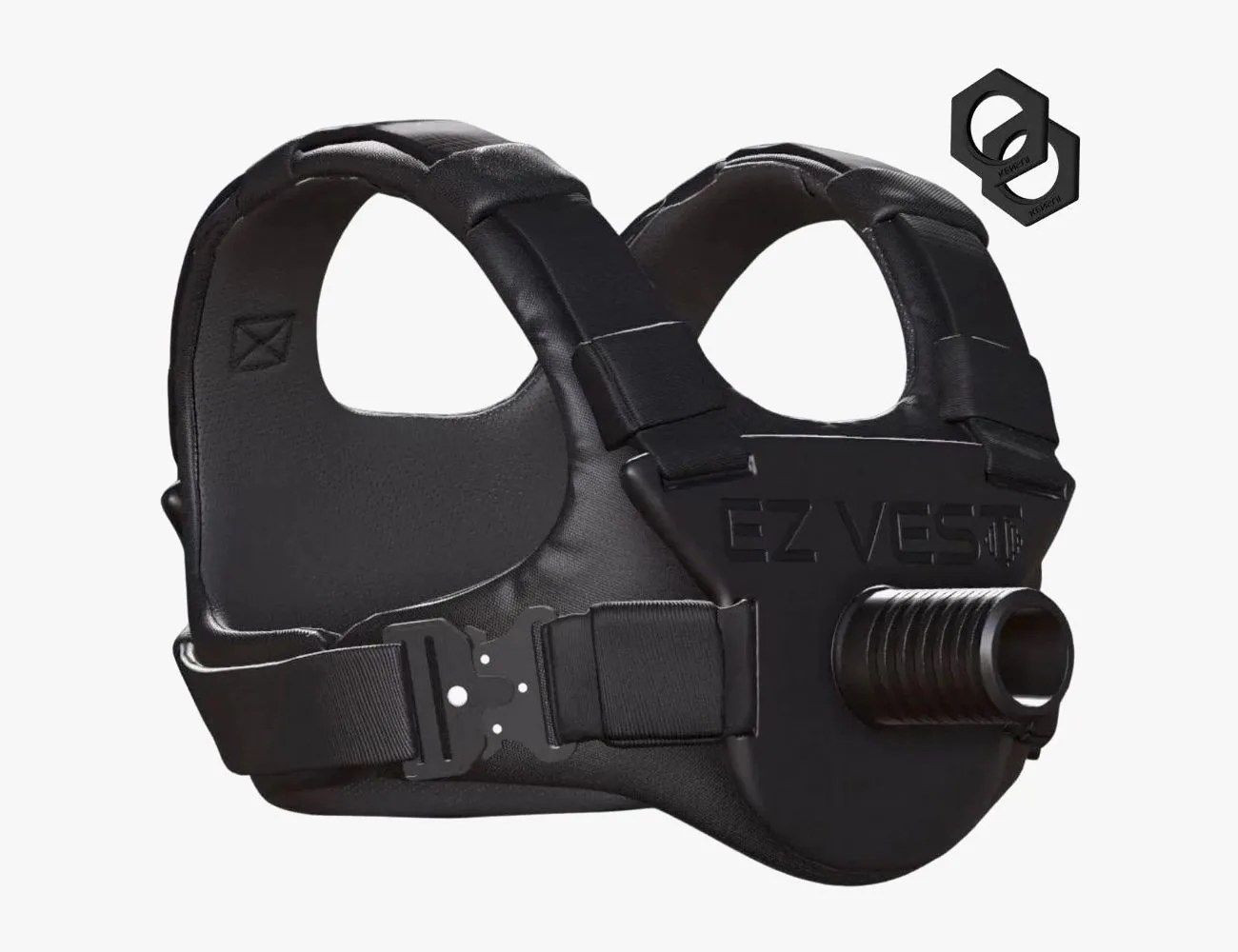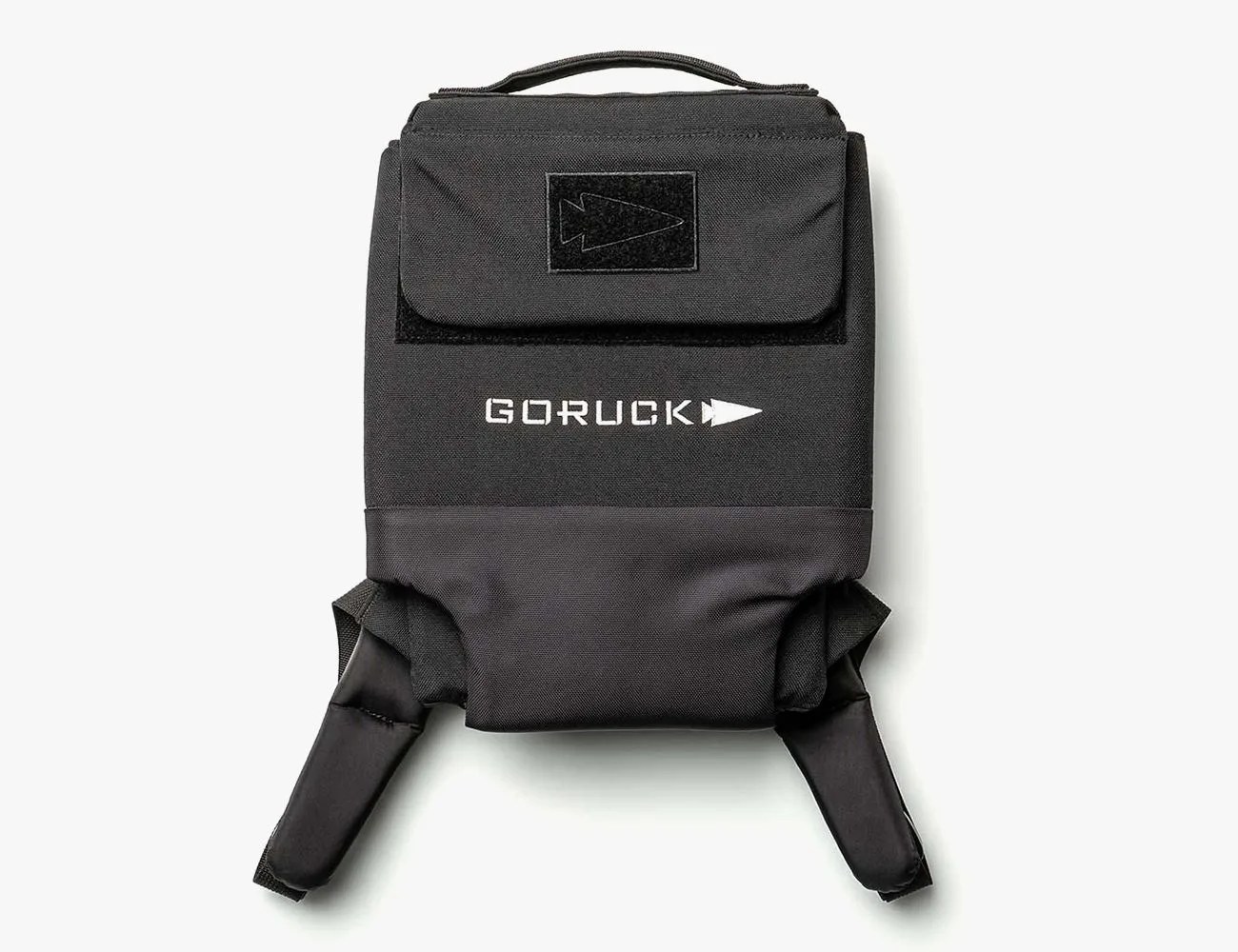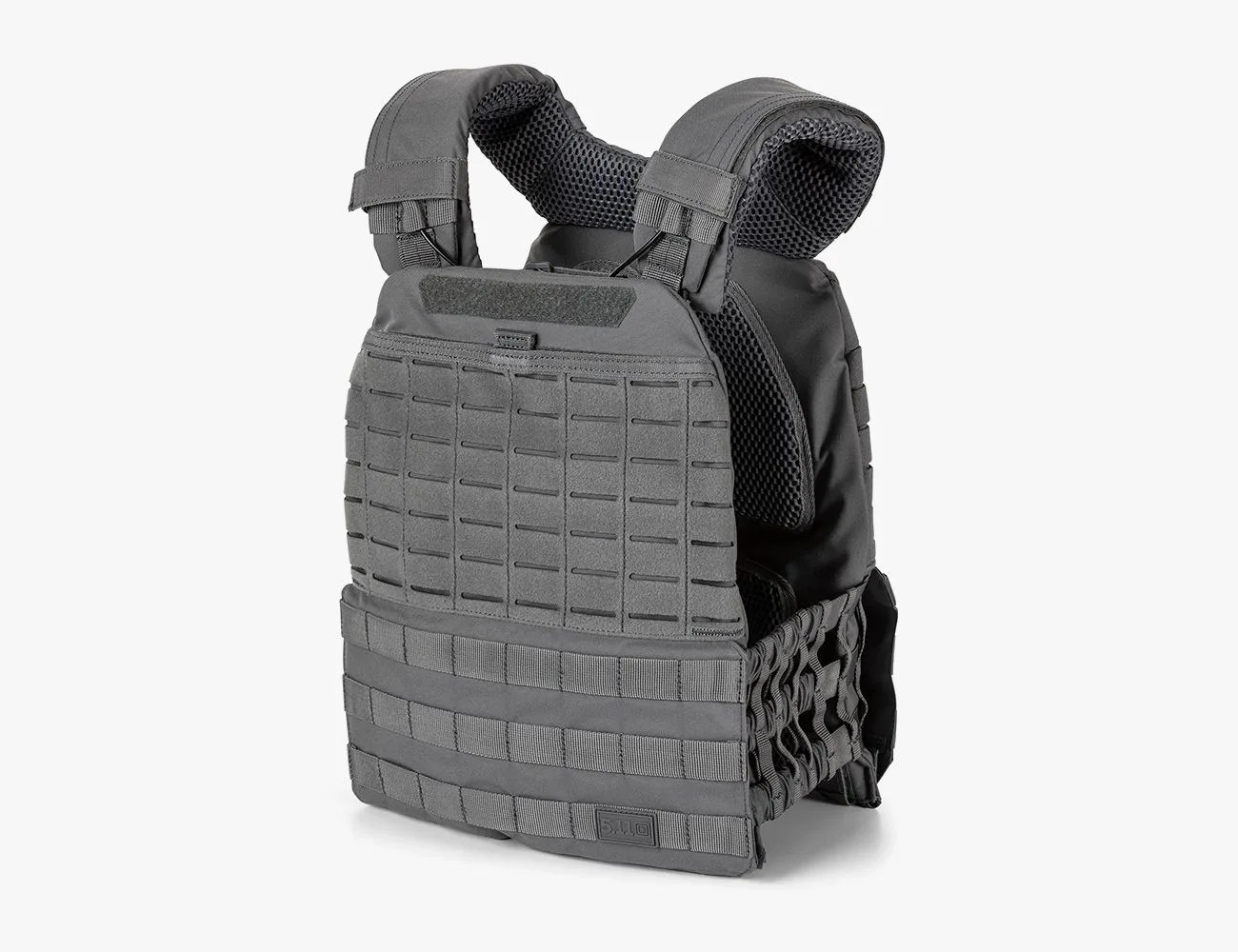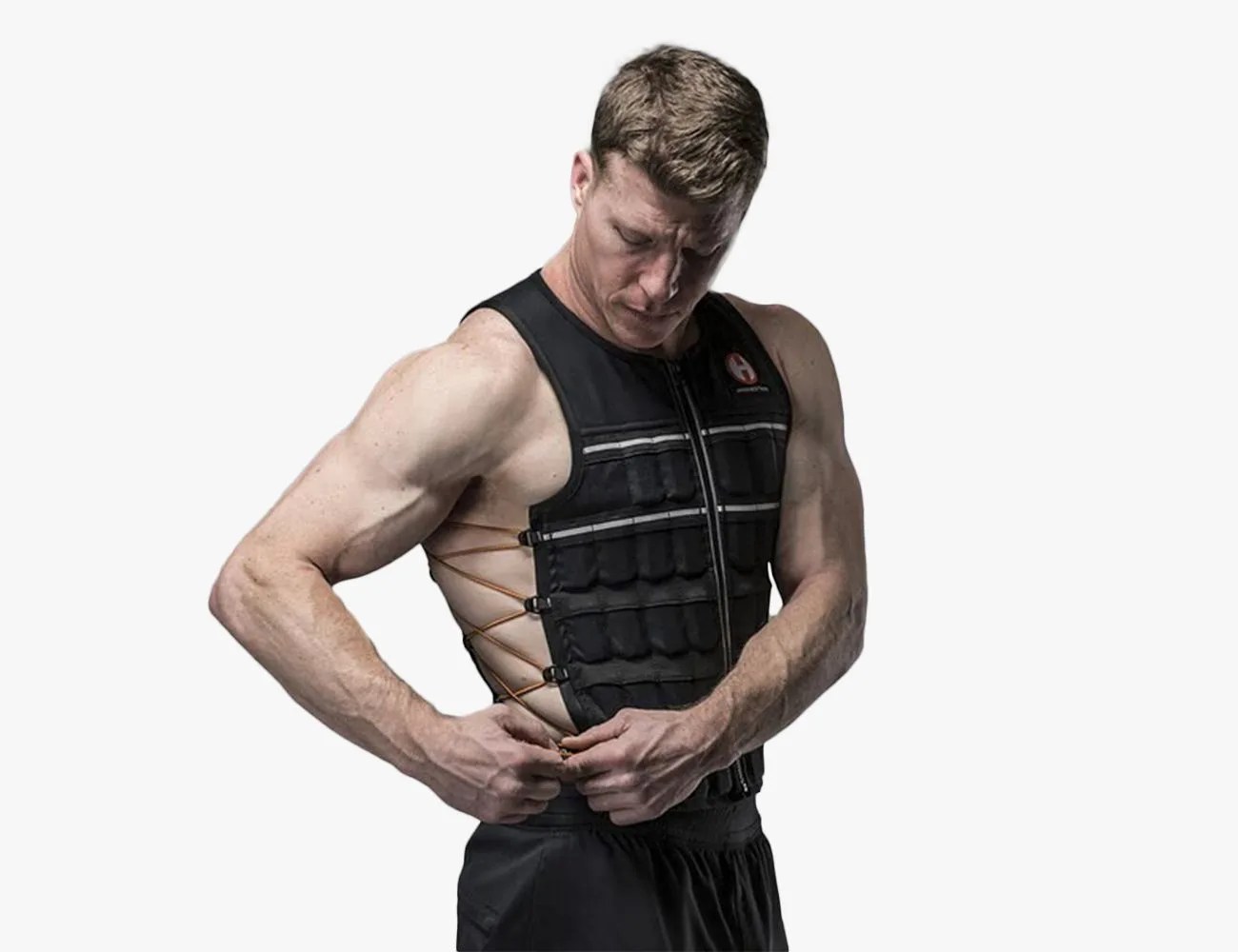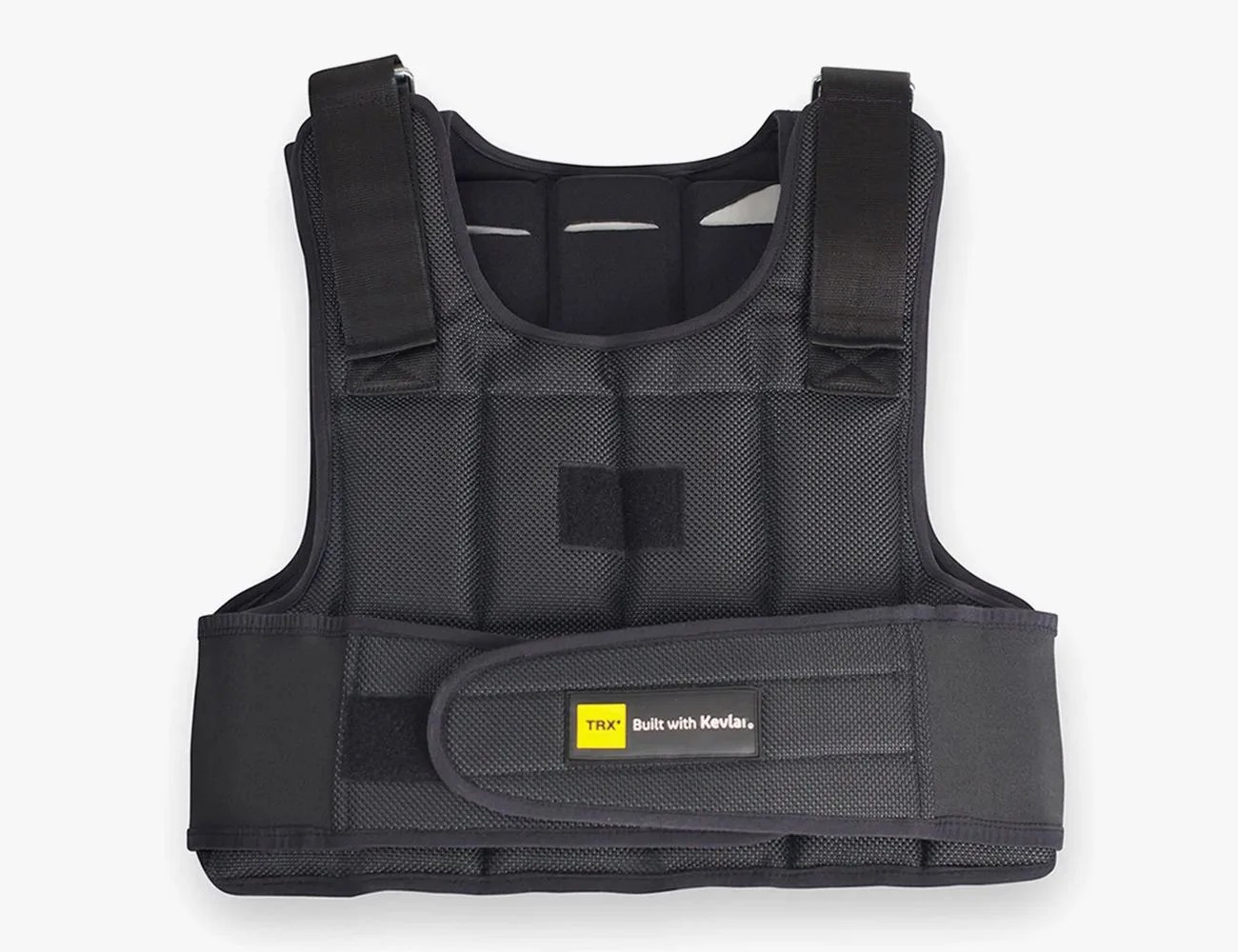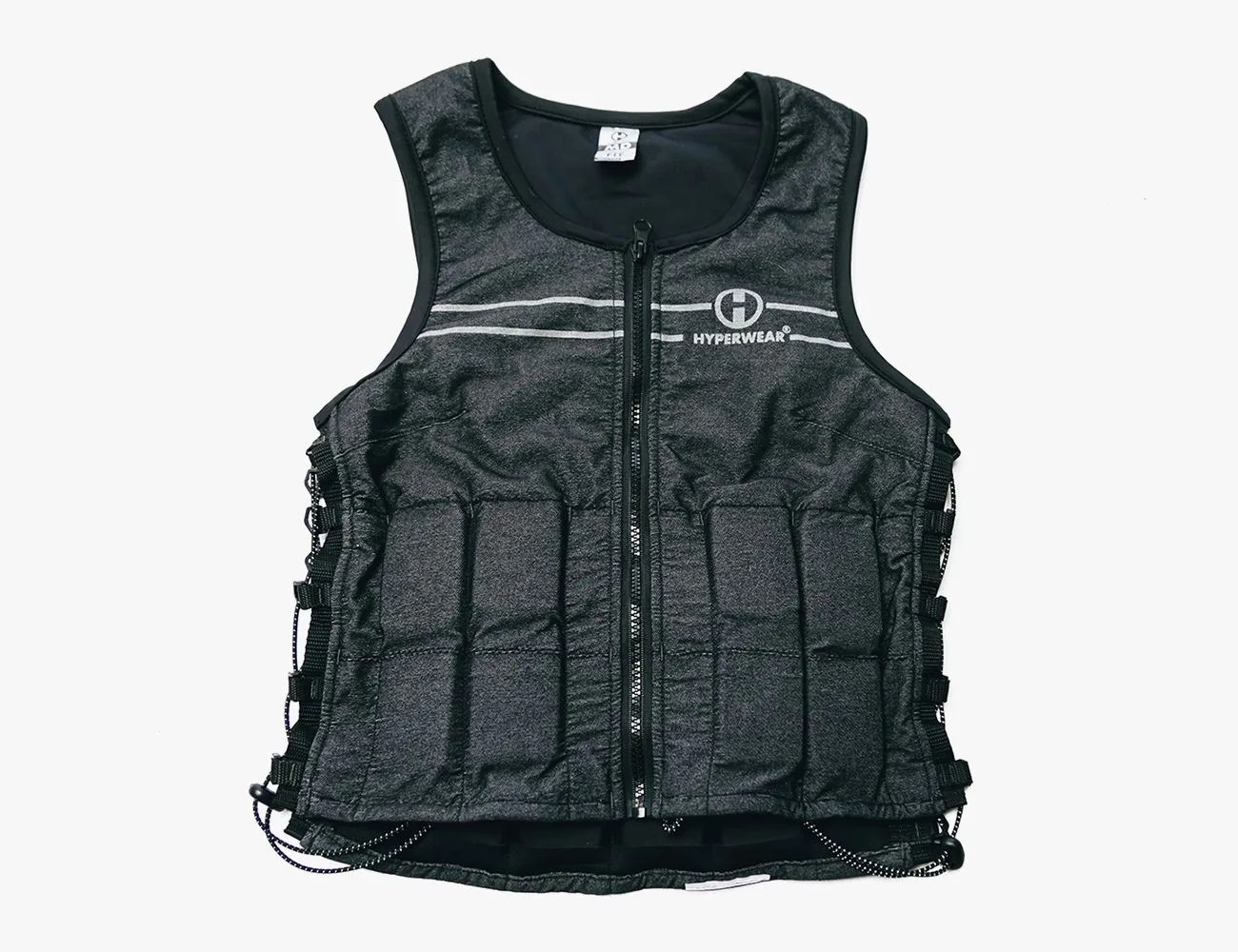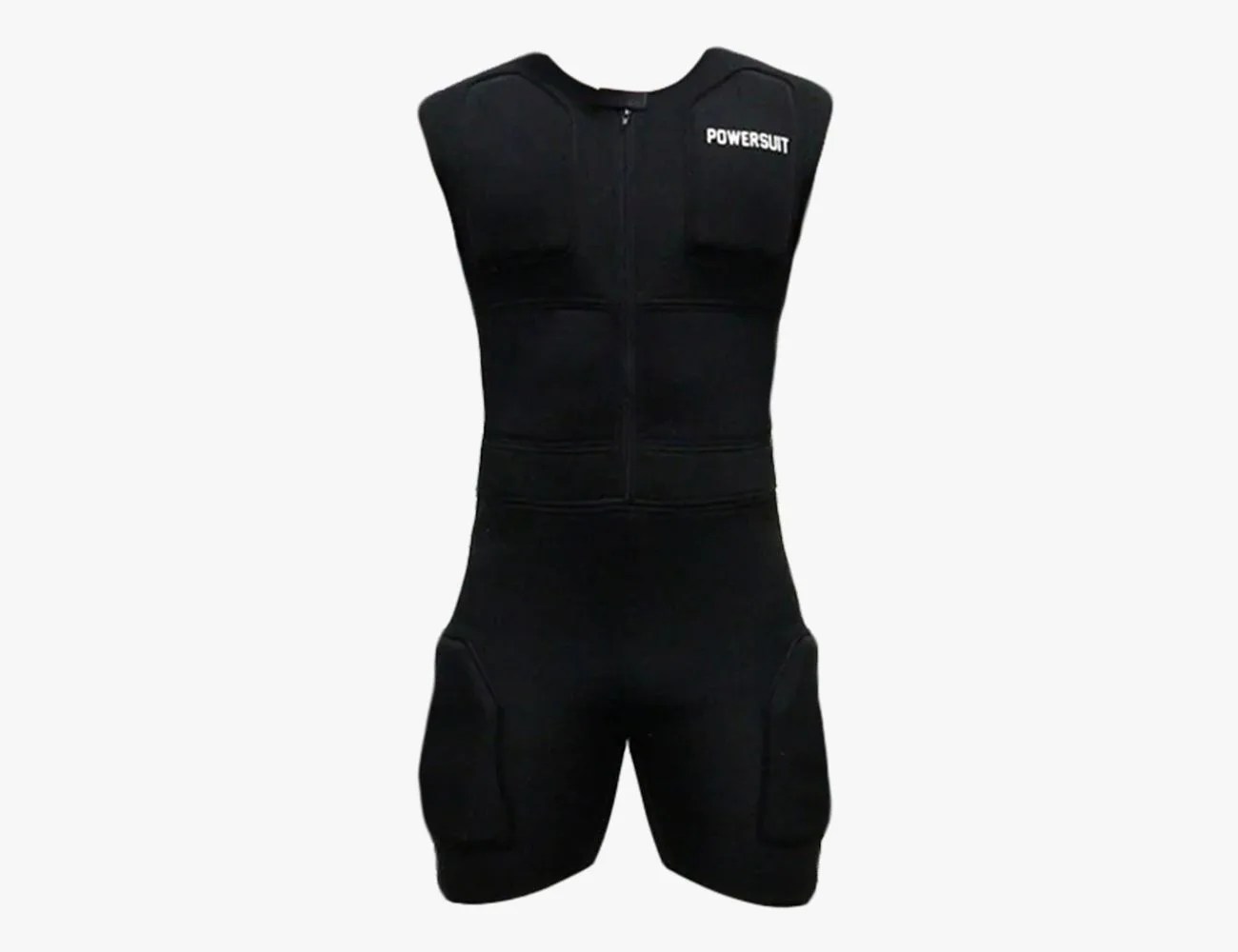Every now and then, it helps to raise the stakes with your training. While you’re more than capable of getting in a quality session with just your bodyweight, there are some perks to adding some resistance to your workouts in the form of added weight.
Weighted vests can be exceptional fitness tools for including some fresh challenges to your conditioning efforts. These vests can add anywhere from 10–40 pounds and beyond to your frame, unlocking a new sense of training that’s sleek, compact and doesn’t require you to exercise with a barbell strewn across your shoulders or hefty dumbbells in your grasp.
Before we get strapped and outline the best weighted vests available today, however, let’s look at some of the perks you could see in your cardio and strength training if you opt to add one of these silhouettes to your workout wardrobe. Plus, while weighted vests may seem like a simple accessory in design, there are a few key features to consider when finding the ideal profile for your training needs.
Products in the Guide
-
Goruck Training Weight Vest
BEST OVERALL WEIGHTED VEST
Read more -
Omorpho G-Vest+
BEST UPGRADE WEIGHTED VEST
Read more -
CAP Barbell 20–150 lb. Adjustable Weighted Vest
BEST BUDGET WEIGHTED VEST
Read more -
Kensui EZ-Vest
BEST WEIGHTED VEST FOR HEAVY TRAINING
Read more -
Goruck Ruck Plate Carrier 3.0
BEST BACK-LOADED WEIGHTED VEST
Read more -
5.11 Tactical TacTec Plate Carrier
BEST WEIGHTED VEST FOR CROSSFIT
Read more -
Hyperwear Hyper Vest Elite
BEST WEIGHTED VEST FOR RUNNING
Read more -
TRX XD Kevlar Weight Vest
MOST COMFORTABLE WEIGHTED VEST
Read more -
Hyperwear Hyper Vest Fit
BEST WEIGHTED VEST FOR WOMEN
Read more -
Powerhandz Weighted Powersuit
BEST WEIGHTED BODYSUIT
Read more
Why Train with a Weighted Vest?
Cardio and Endurance Training
Wearing a weighted vest during your running or plyometric training can be an easy way to boost your workouts. The added weight puts an increased sense of stress on your respiratory muscles, making it more taxing to breathe. This can help increase your heart rate as you train, leading to better cardiovascular health over extended use. Additionally, the added load across your shoulders, back and chest can place a constant strain on your muscles, which can be great for endurance training and getting your body used to outside stressors. Think of weighted vests as a bat donut in baseball. Training with them (i.e., warming up with a weighted donut) can allow your body to get used to the strain, and when it comes time to perform in your race, you’ll be better prepared to take on the challenges.
Increased Energy Expenditure
Because of the uptick in your heart rate, wearing a weighted vest can help you expend more energy in training, leading to an increase in the number of calories burned throughout a given workout. This can be a welcome perk for anyone looking to lean up or lose fat as their end fitness goal. Plus, weighted vests can be intuitive to strap into, meaning the decision to boost a session for added calorie burn doesn’t take a lengthy setup or dedicated regimen. Whether running on a treadmill, busting out some agility ladder sessions, or simply powering through a strength workout, a weighted vest can seamlessly fit into whichever modality you choose.
Strength Training
Naturally, any added weight to your silhouette can help with increasing your overall strength, but the idea of wearing weighted vests isn’t just pigeonholed to calisthenics like push-ups, burpees, pull-ups and other exercises. There’s plenty of benefit to wearing a weighted vest during barbell exercises, too, as the added resistance is shared across your frame, creating more work and stress than you’d typically see in a barbell squat or row. You’ll not only get the muscle training from moving the barbell but also controlling your core and upper body throughout the movements.
What to Look for in Weighted Vests
Weight
One of the first items to consider when choosing a weighted vest is how much the structure weighs. Most weighted vests range from 10–40 pounds, but some can be increased or decreased with the addition or removal of accessory weights. While this can be great for varying loads and stressors in training, it’s important to take into consideration your abilities and planned activities. For example, a 50-pound plate carrier can provide plenty of resistance but may be too much for long-distance running endeavors, as well as a bit too much weight for beginner athletes.
Loading Area
You’ll also want to consider how the weight is distributed across the vest’s frame. For those that don’t want a constricting profile across their chest, consider a plate carrier that keeps all weight strewn across your back. If you want a more level silhouette, there are weighted vests that showcase a full-weight distribution, which can be great for targeting your core and chest muscles. Above all, make sure whichever you choose provides a comfortable silhouette, as there’s nothing worse than feeling discomfort with a device you willingly strap on for more intense training.
Size and Fit
To go along with the loading area, make sure your weighted vest provides a sufficient fit. Take a look at all available size guides, and try to find silhouettes that feature some form of adjustability in the straps and shoulders. This can allow for a more fine-tuned fit that isn’t too constricting or baggy. Plus, creating a tighter, next-to-body fit can help improve comfort through more dynamic training modalities like running or plyometrics. Those heavy weights beating across your back and chest can get annoying rather quickly if the vest itself is ill-fitting.
How We Tested
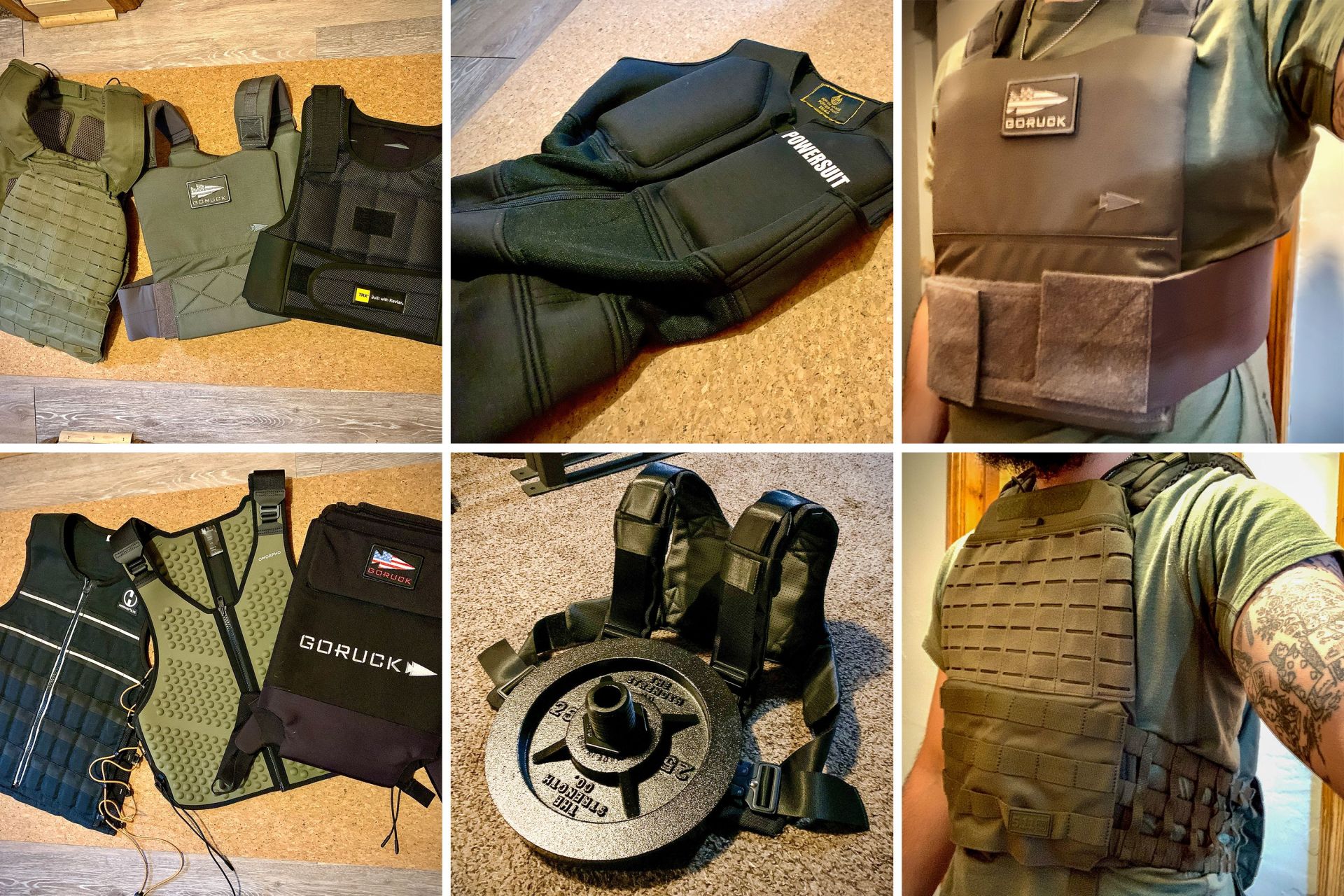 Ben Emminger
Ben EmmingerOver multiple weeks, I strapped into a number of the weighted vests shown below, highlighting key features like the weight range, fit and overall comfort. Whether taking on hill climbs and shorter trail runs or powering through agility workouts and strength modules, I kept these resistance-boosting accessories at the ready for more calorie-burning potential. Bonus points were also awarded for silhouettes showcasing ample breathability and durability. After all, weighted vests can be more expensive than other training tools, so it helps to know you won’t have to replace these devices often, whether through wear out or just sweating through them to the point of no cleaning return.
